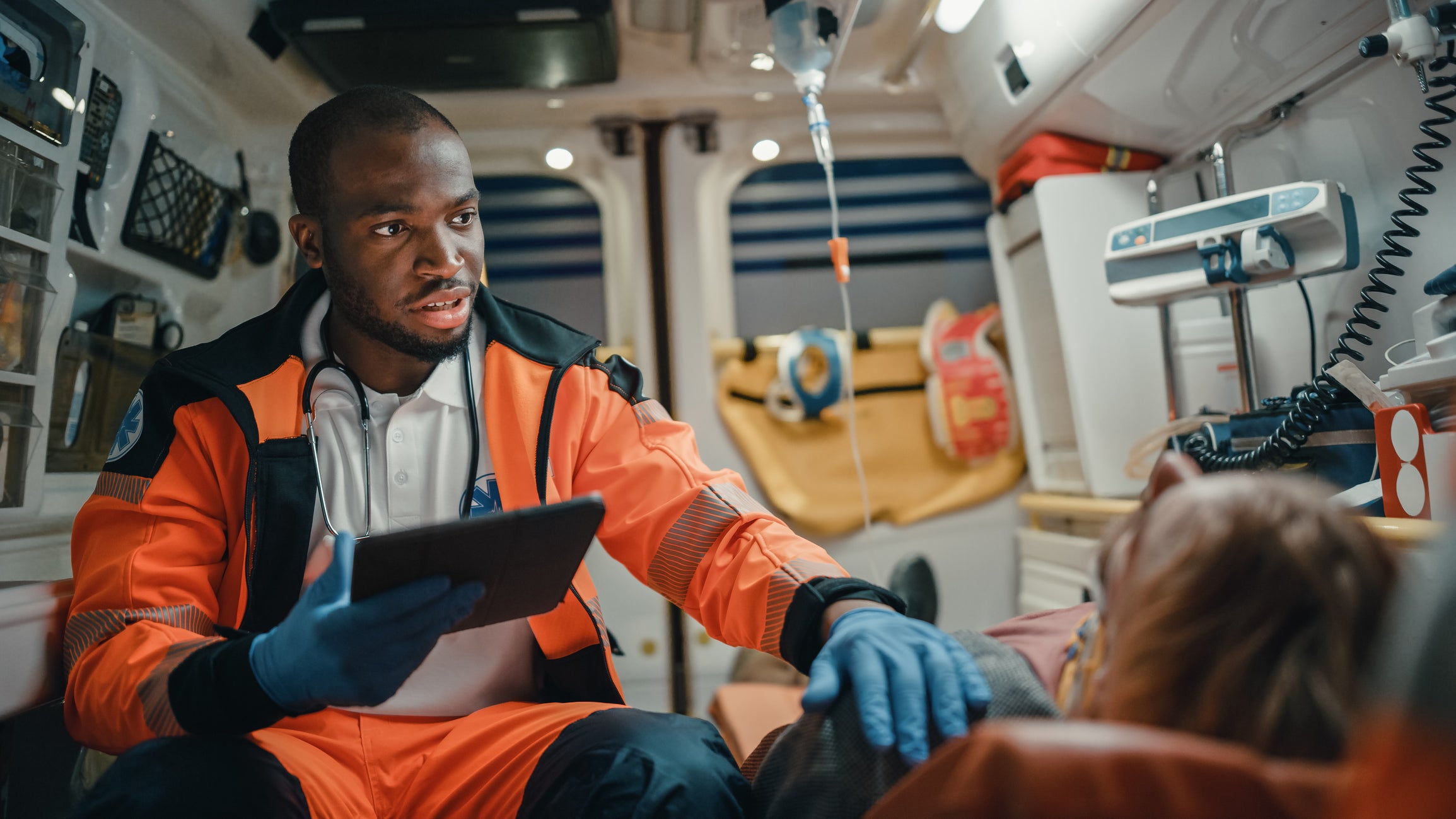Winter can be an unforgiving adversary for first responders, demanding not only physical resilience but also the right gear to combat the biting cold. In this guide, we'll explore the essential gear that ensures first responders stay warm and ready during cold winters while working in the field.
Understanding the Risks
As the temperatures plummet, the risks associated with prolonged exposure to cold weather become increasingly apparent. The impact on both physical and mental well-being cannot be understated. It's crucial to acknowledge these risks and take proactive measures to address them.
Layering Strategy for Maximum Warmth
The foundation of staying warm in cold weather lies in effective layering. A well-thought-out three-layer system, comprising base, middle, and outer layers, provides optimal insulation. Understanding how each layer contributes to overall warmth is key to combating the chill.
Insulated Outerwear Options
When it comes to outerwear, first responders need jackets that not only shield them from the cold but also allow for ease of movement. Insulated jackets, equipped with advanced materials and features, prove to be indispensable in extreme weather conditions.
High-Quality Thermal Underwear
The importance of thermal base layers cannot be overstated. Investing in high-quality thermal underwear helps regulate body temperature and ensures that the core stays warm, facilitating overall comfort during extended periods outdoors.
Protective Headgear and Face Coverings
The head and face are particularly susceptible to the cold. Insulated hats, balaclavas, and face masks are vital components of a first responder's winter gear, providing crucial protection against the biting wind.
Insulated Gloves and Hand Warmers
Hands are often on the frontline of exposure to cold weather. Insulated gloves, designed for flexibility and warmth, coupled with the strategic use of hand warmers, help first responders maintain dexterity and protect against frostbite.
Choosing the Right Footwear
Warm and waterproof boots are non-negotiable for fieldwork in cold weather. Proper insulation and features such as traction control ensure that first responders can navigate challenging terrains with confidence.
Utilizing Heated Clothing Technology
Innovations in heated clothing have revolutionized cold weather gear. Battery-powered heated jackets, gloves, and insoles provide an extra layer of warmth, offering customizable comfort for varying weather conditions.
Maintaining Mobility and Flexibility
While staying warm is paramount, it's equally important for first responders to maintain mobility and flexibility. Gear that strikes the right balance between insulation and ease of movement is essential for effective fieldwork.
Proper Nutrition for Cold Weather Work
Nutrition plays a crucial role in supporting the body's ability to generate heat. First responders should prioritize a well-balanced diet to sustain energy levels during extended outdoor shifts in cold conditions.
Training for Cold Weather Response
Physical conditioning is a key aspect of preparing for cold weather scenarios. Specific training exercises enhance resilience, ensuring that first responders are physically prepared for the challenges posed by winter weather.
Emergency Protocols for Extreme Cold
In extreme cold, emergencies can escalate rapidly. First responders must be well-versed in protocols for cold-related incidents, emphasizing the importance of communication and coordinated response efforts.
Community Support and Recognition
The dedication of first responders working in challenging conditions deserves recognition and community support. Acknowledging their efforts and advocating for initiatives that enhance their well-being fosters a sense of unity and gratitude.
Conclusion
Equipping first responders with the right gear is not just a matter of comfort; it's a matter of safety and efficiency. By investing in high-quality, insulated gear and adopting proactive measures, first responders can face the winter cold with confidence, ensuring they are ready to respond to emergencies effectively.
FAQs:
-
Q: Can't regular winter gear serve the purpose for first responders?
- A: While regular winter gear provides some protection, specialized gear for first responders offers enhanced features tailored to the demands of their work.
-
Q: Are heated jackets safe for prolonged use?
- A: Yes, modern heated jackets are designed with safety features and adjustable settings to ensure comfort and safety during extended wear.
-
Q: How often should gear be checked and replaced?
- A: Regular checks for wear and tear are recommended, and gear should be replaced as soon as signs of damage or reduced effectiveness appear.
-
Q: Is there a specific diet recommended for first responders in cold weather?
- A: A balanced diet rich in carbohydrates, proteins, and fats is essential for sustaining energy levels in cold weather conditions.
-
Q: How can communities support first responders during winter?
- A: Communities can organize initiatives to provide winter gear, express gratitude, and raise awareness about the challenges first responders face during cold weather emergencies.

